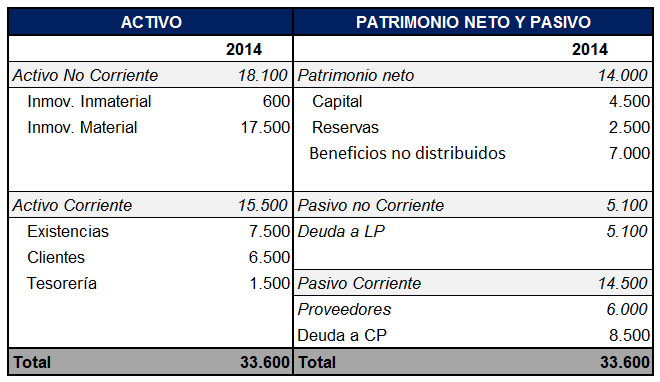The cost of capital (Ke) is the cost incurred by a company to finance its investment projects through its own financial resources.
The main features are:
- Cost not directly observable.
- Greater complexity of calculation than the cost of debt.
- Generally calculated based on CAPM.
- The lower the risk of the assets, the lower the capital cost.
Calculation formula
The formula for calculating the cost of capital (Ke) is as follows:
Where:
Rf: It is the risk-free rate.
Bl: It’s the market return.
(Rm – Rf): It is the market premium.
Bl (Rm – Rf): It is known as the company’s premium.
Importance of capital cost
The valuation of the cost of capital is of vital importance for the survival of a business or a company. It is calculated through the relationship between the average of all the financial resources used to carry out the investments or projects and the weight that each resource has on the total resources.
Where:
Ke = cost of capital ( equity in English)
E = Capital market value .
V = Market value of debt + Market value of capital.
Its follow-up, as we mentioned must be rigorous, also contributes to:
- Improve the efficiency of the company as it optimizes the cost-benefit ratio.
- It allows to analyze the financial model of the company through the analysis of its sources of own financing and source of external financing.
- Detects the needs of the company and its profit margins.
- Analyze the unit cost of production.
Investment in capital is very important for the company to produce and operate, but it is also equally important to analyze its cost. Far from financial engineering and the complex models that are used for its determination, we can say that the valuation of the cost of capital is simpler than many analysis formulas that can be found in books.
We can say that it is the cost of financing to produce capital. In this, we can include the interest rates charged for access to credits and the cost of financing to access it. Market risk is another variable to take into account, given that at greater risk, investors will demand greater profitability for their investments and this will translate into a higher cost for the company, in the cost of own resources and in the opportunity cost to be able to access more capital and make investments by greater volume with greater profit margin that allows to cover the entire mass of fixed costs.
Example of debt cost calculation
In this example, suppose that this company has issued 1,000 shares, its contribution value is 6 euros and it is expected to distribute a constant dividend of 4% per annum over the nominal value.
To calculate the cost of capital of this company, we must first know the nominal value of the share, that is, the ratio between the share capital and the number of shares:
Nominal value = Share capital / N ° shares = 4,500 / 1,000 = 4,50 euros
On the other hand, the capital cost formula is as follows:
Ke = Do / Po = 4.50 * 0.04 / 6 = 0.03 = 3%
The capital cost of this company is 3%.
Being Do the constant rate of increase of the dividends on the nominal value and Po the price of the company.
<!–
–>

